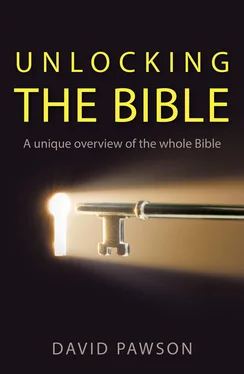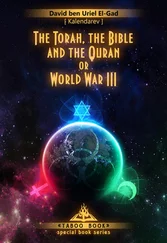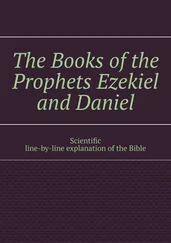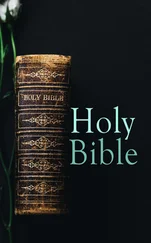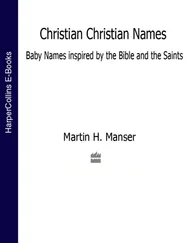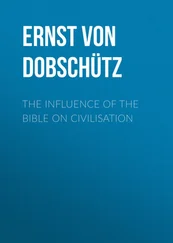How can we use Judges and Ruth today?
In the New Testament the apostle Paul tells Timothy that all Scripture is God-breathed and able to make us ‘wise for salvation’. Jesus says that the Scriptures bear witness to him, so we must ask how a Christian should read Judges and Ruth.
Judges
Individual Christians can learn a great deal from the characters in the book of Judges. We can learn from the mistakes the judges made as well as from their correct choices. Each story has value to any believer. But we do not look to the judges to provide role models. Indeed, the New Testament discourages such a course. In Hebrews 12 we are told that those who have gone before, described in chapter 11 and including some of these judges, are watching to see how we run the race, looking to our only true model in Jesus, the author and perfecter of our faith, whose work of deliverance stands for all time.
The Church needs to study Judges because it could fall into the same spiral of anarchy today, doing what it feels is right in its own eyes. It could fall into error by looking for a visible ‘monarchy’, a human being whose viewpoint or leadership is valued more than that of Christ. Rule by democracy, oligarchy or autocracy depends on human leaders, but the Bible teaches that we should be led by a theocracy. Our leader is both human and divine; he was on earth and is now in heaven.
We must also remember that God is the same in character today as he was at the time of the events described in Judges and Ruth. He loves his people, and shows this by disciplining those who wander from his path. At the same time he works out his plans for our good. We need not be part of a cycle of despair. We can know real direction and follow God’s purposes.
Ruth
Ruth was one of the earliest Gentiles to embrace the God of Israel. She is a picture of all believers who are in the royal line, brothers of Jesus through faith in him.
The book reminds us of Jesus, for if the Church is like Ruth, Boaz is like Christ – the kinsman redeemer. The Church has been brought into the line of the Old Testament people of God. We are the bride and he is the bridegroom. Ruth is not an isolated Old Testament book, but covers a theme which runs throughout the Bible. The whole Bible is a romance, finishing with the wedding supper of the Lamb in the book of Revelation. The Ruth–Boaz romance is a perfect picture of Christ and his Gentile bride.
9. 9. 1 & 2 Samuel 10. 1 & 2 Kings
1 AND 2 SAMUEL

Introduction
The books which make up 1 and 2 Samuel in the English Bible are just one book in the Jewish Scriptures, and are included as part of the ‘former prophets’ section. Samuel covers 150 years of history, told from a prophetic point of view to record how God sees things and what he regards as important. The book is named after the prophet who dominates the story, and who probably wrote most of it. It covers great changes in Israel’s history and the emergence of the great King David, whose fame is remembered to this day.
Context
Abraham, the father of the Jews, lived around 2000 BC; King David came to the throne around 1000 BC. God’s promise to Abraham that he would have descendants and a land is therefore 1,000 years old when we reach the book of Samuel and the arrival of David. According to the Old Testament time chart given earlier in the Overview section (History), the book of Samuel records a third change in the pattern of leadership during the history of the people of Israel.
1 From 2000 to 1500 BC Israel was led by patriarchs: Abraham, Isaac, Jacob and Joseph (though they were not a nation at this point).
2 From 1500 to 1000 BC they were led by prophets: Moses through to Samuel.
3 From 1000 to 500 BC they were led by princes (or kings): Saul through to Zedekiah.
4 In the 500 years leading up to the time of Christ they were led by priests: Joshua through to Annas and Caiaphas.
The dates are approximate, but this gives a helpful summary. Samuel describes the change from prophets to princes (or kings), the 150 years of the upward rise to the empire of David.
It is a highly significant period of Israel’s history. The Jews speak of David’s reign as the golden era of peace and prosperity when they conquered most of the land God had promised them. Even now, Jews long for a renewal of the days when a king reigned over a united and victorious nation. But it was not all good news, and we see in Samuel the beginning of a decline which continues through 1 and 2 Kings until Israel loses everything they gained in the previous 1,000 years.
Before examining how we should interpret them, we will look at the detail of the main stories in the books of Samuel, beginning with an overview of the content and structure.
Structure
1. Samuel – last judge
(i) Hannah – anxious wife
(ii) Eli – ailing priest
(iii) Israel – arrogant army
(iv) Saul – anointed king
2. Saul – first king
(i) Jonathan – adventurous son
(ii) Samuel – angry prophet
(iii) David – apparent rival
IN
(a) Simple shepherd
(b) Skilled musician
(c) Superb warrior
OUT
(a) Suspected courtier
(b) Stalked outlaw
(c) Soldiering exile
(iv) Philistines – aggressive foe
3. David – best king
(i) Triumphant ascent
UP
(a) Single tribe
(b) Settled nation
(c) Sizeable empire
(ii) Tragic descent
DOWN
(a) Disgraced man
(b) Disintegrated family
(c) Discontented people
4. Epilogue
In this structural chart, the lives of Samuel and Saul are each described in terms of their relationship with three individuals and one people group: Samuel with Hannah, Eli, Saul and Israel; Saul with Jonathan, Samuel, David and the Philistines.
David’s life can be summarized very simply in four directional words, as the chart shows: in, out, up, down. The ‘in’ and ‘out’ refer to his changing favour with King Saul, the ‘up’ refers to his move towards the pinnacle of his power as king, and ‘down’ refers to his journey into the depths of despair.
Content
1. Samuel – last judge
(I) HANNAH – ANXIOUS WIFE
The book begins with the story of Samuel’s mother, Hannah. Her husband, Elkanah, has two wives and Hannah, who is childless, has to bear the taunts of the other wife, Peninnah, who does have children. Years pass and Hannah’s grief at her childlessness deepens. She visits the temple at Shiloh (where Israel kept the ark of the covenant) and prays that if God will at last grant her a son she will dedicate him to God’s service. Eli the priest notices that she is muttering aloud and suspects that she is drunk. Hannah explains that she is deeply troubled and Eli sends her away with God’s blessing. Later Hannah conceives and gives birth to a son, whom she names Samuel.
In gratitude she fufills her vow to the Lord and presents Samuel to Eli to serve at the temple. Hannah prays again, reflecting her confidence and joy in God. This prayer is clearly recalled by Mary 1,000 years later, when the angel tells her she is to give birth to Jesus. Her joy and praise in what is now called ‘The Magnificat’ contains echoes of Hannah’s.
(II) ELI – AILING PRIEST
Samuel ministers under the priest, Eli. One night he hears a voice and runs to Eli, assuming that he is calling him, but Eli says he is not. This happens three times before the priest realizes that it is God who wants to speak to Samuel. It is a significant moment, since the prophetic revelation, both verbal and visual, was rare in those days.
Читать дальше
